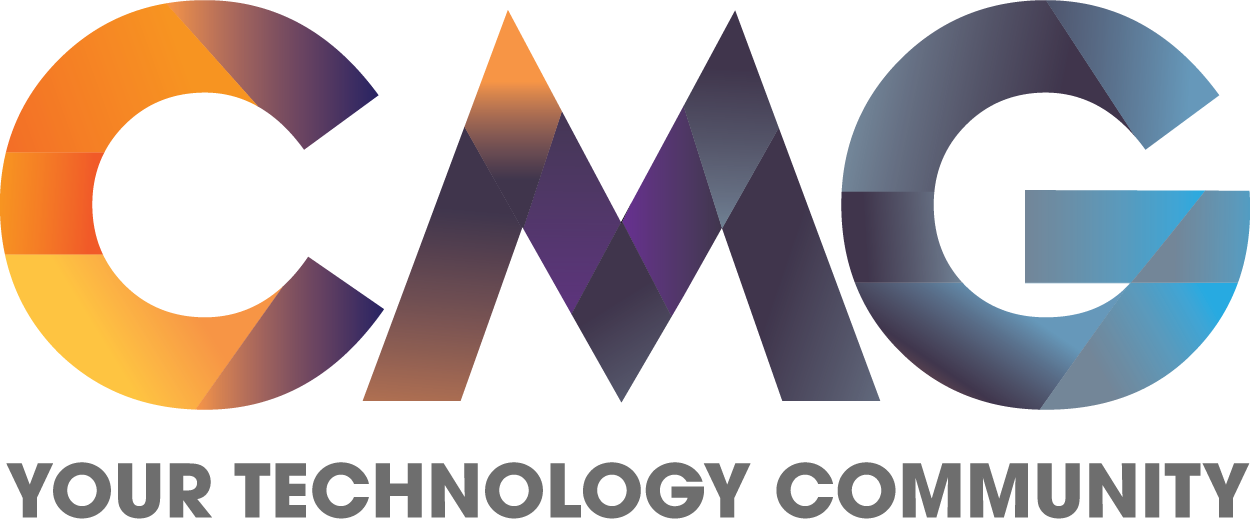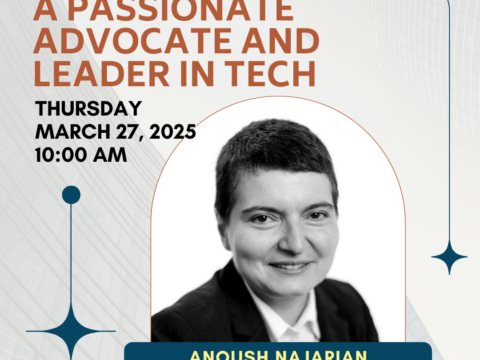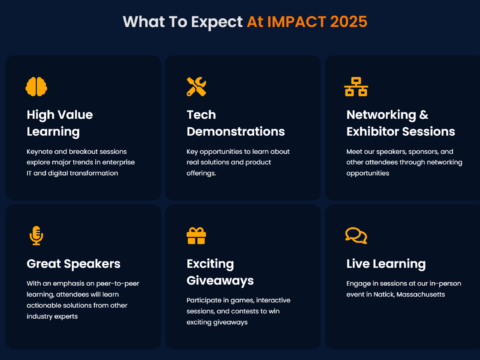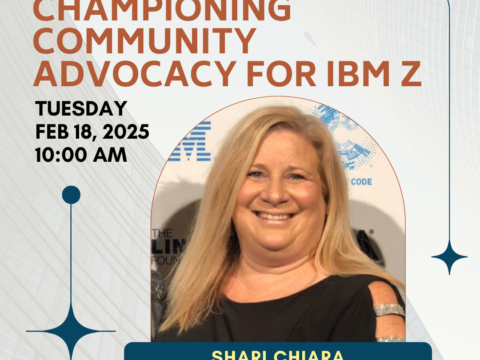August, 2009
by Margaret Greenberg
It’s safe to say that there would be no A. A. Michelson award without CMG and no CMG without the Boole and Babbage User Group. The beginning of the CMG/Michelson odyssey is the 1967 founding of Boole and Babbage. Ken Kolence and Dave Katch (deceased) named their new company after two heroes of computing: George Boole[1] and Charles Babbage[2]. The company, Boole and Babbage, made products that would report on various areas where the computer and its applications spent their time so that Operations staff could figure out what action to take. And it was the first software to do so; thereby, it became the benchmark for all followers. Previously, the bottlenecks were often cured by buying more iron. Replacing and/or upgrading a mainframe and its peripherals certainly didn’t hurt hardware sales. However, via use of Boole products, it became apparent where bottlenecks actually were and the system could be tuned so that purchases were directed to correction of a specific bottleneck.
In the Fall of 1971, Ken Kolence invited Dave Schumacher, a Boole customer at Lockheed Sunnyvale, and 16 other customers to a user meeting which was held near the San Francisco airport. The attendees decided to form the Boole and Babbage User Group (BBUG). Officers were elected. They agreed to hold the next conference in the Fall of 1972 and started making plans. Meanwhile, the East Coast sales group from Boole had organized their own get together in Tarrytown, New York for the Summer of 1972. Ken Kolence was clued in about that meeting and passed the information on to the BBUG board. Dave and other BBUG board members went to Tarrytown and made a good case for the merging of the two efforts. At the end of the conference the decision was to have only one user group totally independent from Boole. Because of the huge attendance (100) at Tarrytown compared to the 17 at San Francisco, the next meeting was scheduled for the Fall of 1972 in Saddlebrook, NJ. They developed a numbering system for historical purposes. The San Francisco meeting became BBUG I; The Tarrytown meeting became BBUG II, etc.
It is worthwhile to note that over the lifetime of BBUG, there were two incidents which might have doomed efforts to establish a user group independent from Boole.
Breakpoint 1: Consolidation of the two groups for BBUG III (discussed above).
Breakpoint 2: Solvency of BBUG III.
The BBUG board organized the conference and sweated the financial outcome. What if few signed up? At the end of the meeting all four board members sat around like bookies in a basement and counted the proceeds. Remember this was in the day when everybody paid by check or cash. Though there were department store credit cards, Bank credit cards were not in common usage by BBUG attendees. Good news: the Saddlebrook, NJ meeting realized a profit. If this hadn’t been successful, BBUG could have been history and, hence, no CMG.
In the first two meetings (BBUG I and BBUG II) only Boole products were presented. The second year, a number of other companies with similar software asked to present and discuss their products. It seemed like a great idea to have them and it could help the industry to grow. At BBUG IV (1973 in Chicago), Ken Kolence, the BBUG board and some others thought the name should be changed to something more general. The user group had grown beyond Boole into measurement of many kinds from various companies. Schumacher and the newly elected BBUG President, Barry Stevens began the transformation to the new user group more aptly named Computer Measurement Group which we all know today as simply CMG. It was at this meeting, held in the center of the nation, that the Board realized regional groups could have an important role to play in the formation and continuation of BBUG/CMG. The foundation was laid and regional groups became more than a notion.
At the 1974 BBUG IV (Montreal), the new name was voted on and approved by BBUG attendees to take effect in 1975.
And, wouldn’t it be great to have an award to give at the annual conference to someone who had a life time of IT innovation and promotion! Some may ask, “Why not someone famous to computing such as Boole or Babbage?” However either choice would have been difficult because of the recent association with the company Boole and Babbage. “Why Michelson”, I asked. Dave said that everyone at that time was very involved with and consumed by measurement. Michelson had measured the speed of light (the famous null experiment which Dr. Gunter discussed in his CMG 2008 Michelson speech and slides). The real importance of Michelson’s work insofar as the Computer Measurement Group award is concerned is that he MEASURED!!! The fact that he was the First American to receive the Nobel prize was not as important as his experiments and measurements! He took his ideas to the laboratory to test them and measured the results. From the study of his data, he gained insights for adjustments to his tests. It wasn’t just the values of the data, but where the analysis led him. Moreover, he spent the last 55 years of his life measuring, recalibrating instruments, and re-measuring the speed of light to obtain a more exact number. On his deathbed at the age of 78, he asked about the latest measurements. So the Michelson was born. See it was very simple — no committee to argue and haggle. And a very sensible decision by Dave Schumacher and Barry Stevens.
In 1974, at the Montreal BBUG, the first Michelson was given to a very surprised Ken Kolence, a physicist as well as CPE expert. And CMG (aka BBUG VI/CMG) had its first meeting in 1975, where the second Michelson was given to Dr. Thomas Bell. And so it continues at each annual conference.
For the historical record, Dave has asked me to take note of a few things very similar to the Biblical begats:
- 1971 Fall: The San Francisco meeting BBUG I elected Dave Schumacher, president. Dave began planning their first independent conference–BBUG III.
- 1972 Summer: The Tarrytown meeting (BBUG II) elected no officers and merged with the California user group to become the Boole and Babbage User Group.
- 1972 Fall: The Saddlebrook meeting (BBUG III) elected Bob Garabedian president, who planned BBUG IV with Dave and the program chair.
- 1973 Fall: At BBUG IV in Chicago, Barry Stevens became president.
- 1974 Fall: Mark Berg was elected president at BBUG V; however, he left the industry a few months later and the VP, Don Deese, took over planning for BBUG VI.
- 1975 Fall: At BBUG VI, Don Deese was elected president to serve a two-year term, which practice continues today. In 1981 Don received the Michelson.
Dave mentioned that much of BBUG was modeled on SHARE. They instituted PARS at BBUG III and the program consisted of a single track and subsequent years had multiple tracks. The BBUG III conference was held in December and, after a few more meetings, the first week of December timeframe stuck for the same reason it continues today — hotels rates are cheap then.
Dave Schumacher remained on the Board for the first 5 or 6 years. In 1980, he himself was honored with a Michelson award and became a lifetime member of CMG. He is still hiding out in a beautiful, peaceful California valley. He was great to work with on the history of CMG and we wish him well and thank him once again for all the work in the Genesis of CMG.
Dr. Albert Abraham Michelson will be profiled in the September issue of MeasureIT.





 The countdown is on... for something SO BIG it only happens every 3 years
The countdown is on... for something SO BIG it only happens every 3 years

